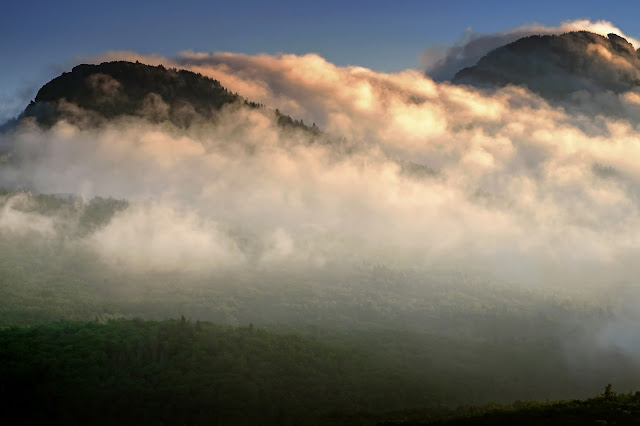Zion National Park, Utah
Fujifilm XE-2, 18-55mm
Fujifilm XE-2, 18-55mm
The light will dance around for a couple of minutes more, enticing you with a bit more color before the shadows become darker and the reddish glow turns into bright sunlight and harsh shadows. Some people will see that blue sky and call it a "picture perfect day" but it really isn't. The sun is basically good for two things. Sunrise:
 |
| Bryce Canyon National Park, Utah Fujifilm XE-1, 55-200mm
And sunset:
|
 |
| Bryce Canyon National Park, Utah Fujifilm X-E1, 55-200mm |
In a short time the glorious light of early day is gone. The rest of the day is pretty bland, photographically speaking and often there isn't much to do in between. But sometimes God has a way of interrupting PNT (photographer nap time) because an overcast, stormy day can also produce scenes you ordinarily won't find during that "picture perfect day."
 |
| Upper North Falls, Silver Falls State Park, Oregon Fujifilm X-E1, 55-200mm |
In the middle of the afternoon rain and fog began rolling in. The waterfall wasn't even visible but after a 20-minute standoff the fog blew off ever so softly. Most of the time the waterfall wouldn't be photogenic at that time of day -- harsh light and bright white "hotspots." And when the sun goes down it doesn't automatically mean packing it in. There was still a little magic left in this shot at Bryce Canyon:
 |
| Paria View, Bryce Canyon National Park, Utah Fujifilm X-E1, 55-200 mm |
Photography doesn't just record life -- it often mirrors it. I've heard it said that half of the battle in life is just showing up. (Photographers used to call that "f/8 and be there.") If you're not there you may miss the best light -- and the best in life. And instead of running off when the good light burns off it's always a good idea to be on watch just in case something unexpected pops up. Even at the end of the day when the sun has relaxed its ultraviolet grip on us there can still be magic if you're patient and, more important, there.
“Therefore keep watch, because you do not know the day or the hour." Matthew 25:13. The temptation to give up is often there. Maybe the day is going to suck anyway, so why bother? What if it isn't? What if you're not there? Well, when the good light is gone, it's gone. If I am not there the opportunity is lost. There is no rewind button. No pause button, either. And the next day might be a total bust. As for mid-day magic, it's not likely to happen but it does on occasion and when that happens you want to be on watch, ready for the moment. Stick with it. Be ready.
Oh yes, for He causes His sun to rise on the evil and the good, and sends rain on the righteous and the unrighteous. Matthew 5:45. But the best experiences will likely fall on those who show up early, remain on watch, stay in the game and don't give up when others want to go home. And getting outside of your comfort zone counts, too, whether it's in photography or in life.






















